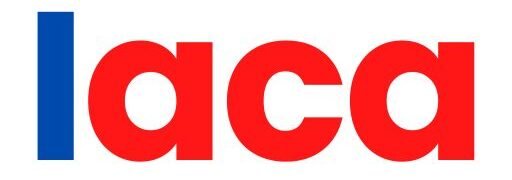The UK’s two-child benefit cap has historically been the most politically fraught issue and, lately, has had some developments. The article looks into the history of the cap and what changes its recent evolution has brought to families across the UK.
Understanding the Two-Child Benefit Cap
The two-child benefit cap was introduced in April 2017 and restricts claiming Universal Credits or Child Tax Credits for more than two children, albeit with few exceptions. The policy was one of financial discipline, whereby a benefit-receiving family would have very similar financial decisions to a non-benefit household.
According to the latest data, around 1.6 million children live in households subject to this cap, and 450,000 of them are within households that experience the effects of reduced benefits.
Political Developments
In July 2024, the Scottish National Party (SNP) tabled an amendment to the King’s Speech demanding the abolishment of the two-child benefit cap. Stephen Flynn, the SNP’s Westminster leader, called it a “disgraceful” and “thousands” of Scottish children pushed by it into poverty.
Although part of the power behind the amendment came from rebuttals by other factions-such as Plaid Cymru, the Greens, and independents like former Labour leader Jeremy Corbyn-these were overwhelmed due to Labour’s powerful majority on the Commons.
Labour Stance
Labour Party’s position towards the two-child benefit cap is tricky. While in opposition, Labour leader Sir Keir Starmer would not say much about scrapping the cap before ensuring economic growth and thus ruffled dissent within the party, with members such as Scottish Labour leader Anas Sarwar arguing in favor of removing it. After assuming power, the Labour government established a child poverty taskforce but is still trying to build that storytelling around the cap.
Effects on Families
The two-child benefit cap is salient for families with three or more children among the almost 90 percent of households that claim benefits at some stage in a lifetime. The policy has emerged to drive more households into poverty, with an aggregated estimate that about 26,000 households living in Scotland are subjected to the cap, with most of them situated in Glasgow, Fife, and North Lanarkshire. Critics state that the cap aggravates child poverty and places extra costs on the pockets of working families.
Exemptions and Qualification Criteria
Normally, the cap limits the entitlement to benefits by two children; however, there are exceptions. Firstly, all the children conceived by a non-consensual sex act (the famous “rape clause”) would be exceptions, but this aspect of the policy has seen a lot of heat.
There are other exemptions, such as children born as a result of multiple births (i.e. twins or triplets) and a few adoptions. Evidence of such events must be provided and verified by families for their exemptions.
The Future: Possible Changes
The future of the two-child limit on benefit caps remains uncertain. It continues to face weeks of massive political pressure focusing on its abolition as different parties and advocacy groups keep hammering the policy’s role in perpetuating child poverty.
However, immediate changes to policy seem to be bared by difficult economic factors and budgetary considerations. Families affected by the cap should make note of any possible changing legislation and check official sources for the most recent information.
Conclusion
The two-child limit for benefits continues to be one of the most debatable issues in the UK political arena and one that has immediate repercussions on the well-being of hundreds of thousands of families. Whereas the political discussion around the policy will evolve, families have to contend with the present system and avail themselves of the assistance offered. Those affected by this law must remain updated and engaged in the ongoing discourse on policy.




